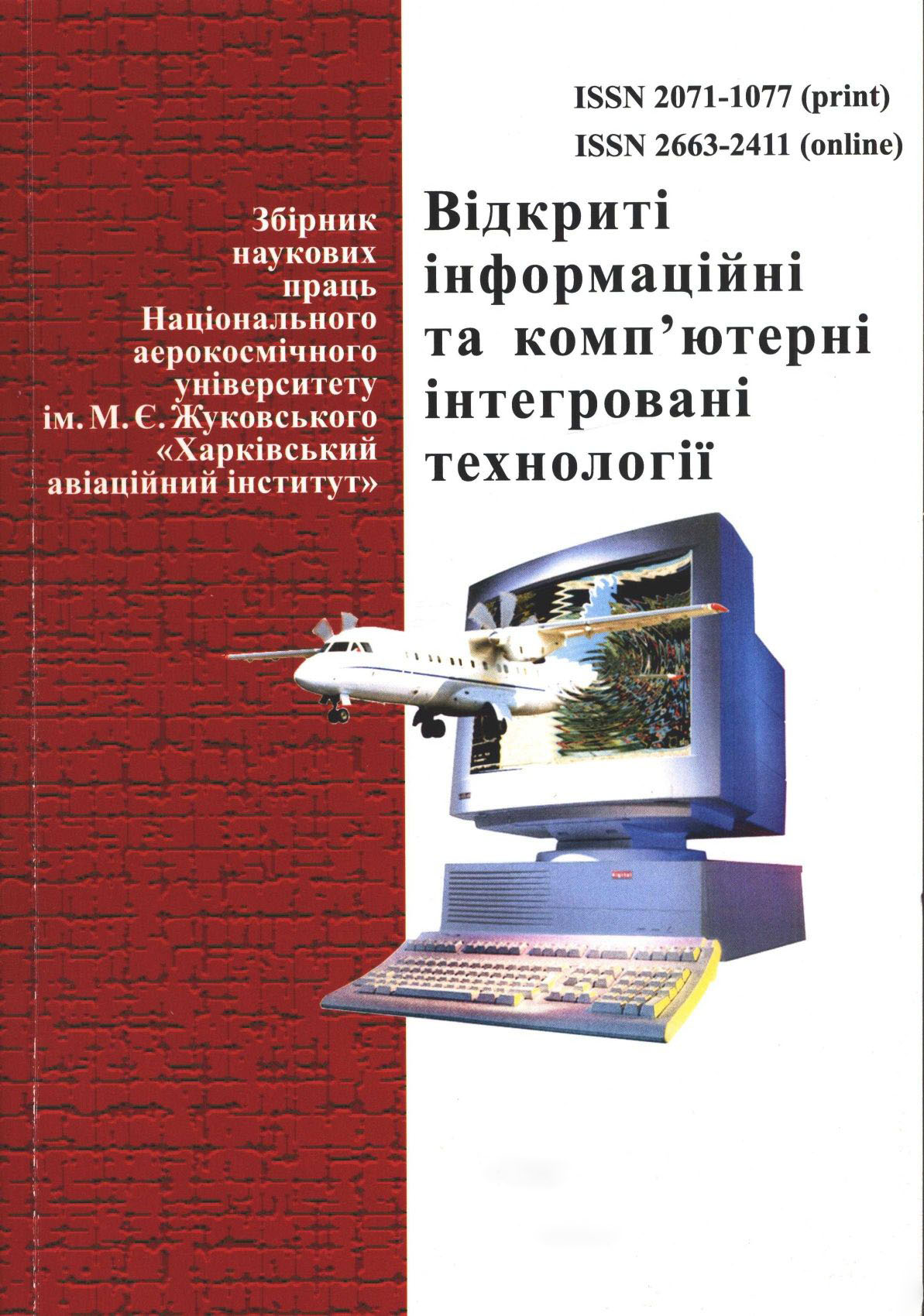Дослідження ефективності застосування поліспастних систем при витягуванні автомобіля, що застряг

Переглянути
Дата
2025Автор
Григорович, А.М.
Мануйленко, Д.О.
Metadata
Показати повний опис матеріалуКороткий опис(реферат)
У статті розглядається питання застосування поліспастних систем під час витягування застряглих автомобілів. Досліджувався ступінь впливу сил тертя на практичне значення зусилля, що розвивається поліспастними системами різних схем. У роботі моделювалася ситуація, за якої необхідно витягнути на дорогу автомобіль, що з'їхав у кювет. При цьому необхідне зусилля витягування можливо забезпечити тільки із застосуванням поліспастних систем. Визначався практичний виграш у силі, по відношенню до теоретично очікуваного виграшу в силі. Для проведення дослідження було обрано три найпоширеніші схеми поліспастних систем, що мають кратність 2, 3 і 6. Теоретичні розрахунки і практичні дослідження проводилися виходячи з умов застосування одного і того ж набору елементів, що входять до поліспастної системи. Ефективність застосування кожної із запропонованих поліспастних схем перевірялася для трьох різних кутів охоплення тросом поліспастної системи. У роботі порівнювалися результати теоретичних розрахунків при застосуванні трьох різних розрахункових схем. Одна із застосованих розрахункових схем не враховує ККД елементів, що входять до системи, і не враховує сили тертя, які виникають у ній, друга розрахункова схема враховує ККД елементів, які входять до неї, без урахування впливу сил тертя., Пропонована у статті розрахункова методика враховує вплив сил тертя та ККД елементів, що входять до поліспастної системи. Отримані результати подано у вигляді відсотків. За 100 відсотків прийнято очікуване зусилля, отримане під час застосування розрахункової методики, яка не враховує вплив сил тертя і ККД застосовуваних елементів. Теоретичні результати застосування розрахункової моделі, запропонованої в роботі, порівнювалися з результатами фізичного моделювання. Отримані результати показують збіжність отриманих результатів. Це доводить можливість застосування розрахункової методики, яка запропонована в статті, на практиці. Визначено, що практичні значення ефективності поліспастної системи становлять 80 % до 25 % від теоретично очікуваного значення. Отримані дані можуть допомогти у виборі схеми поліспаста та виборі необхідного обладнання в практичній роботі. The article deals with the issue of using poly-lanyard systems for pulling out stuck vehicles. The degree of influence of friction forces on the practical value of the force developed by the poly-lanyard systems of different schemes was investigated. The paper modeled a situation in which it is necessary to pull a car that has driven into a ditch onto the road. In this case, the required pulling force can be achieved only with the use of poly-sling systems. The practical gain in force was determined in relation to the theoretically expected gain in force. For the study, three most common schemes of poly-link systems with multiplicity of 2, 3 and 6 were selected. Theoretical calculations and practical studies were carried out based on the conditions of using the same set of elements included in the poly-link system. The effectiveness of each of the proposed hoist schemes was tested for three different angles of coverage of the hoist system. The paper compares the results of theoretical calculations using three different calculation schemes. One of the applied design schemes does not take into account the efficiency of the elements that make up the system and does not take into account the friction forces that arise in it, while the second design scheme takes into account the efficiency of the elements that make up the system without taking into account the influence of friction forces. The calculation methodology proposed in the article takes into account the influence of friction forces and the efficiency of the elements included in the poly-link system. The results obtained are presented in the form of percentages. The expected force obtained by applying the calculation methodology, which does not take into account the influence of friction forces and the efficiency of the elements used, is taken as 100 percent. The theoretical results of applying the computational model proposed in this paper were compared with the results of physical modeling. The results show the convergence of the obtained results. This proves the possibility of applying the calculation methodology proposed in the article in practice. It has been determined that the practical values of the efficiency of the polyclone system are 80 % to 25 % of the theoretically expected value. The obtained data can help in choosing a polyspast scheme and selecting the necessary equipment in practical work.
